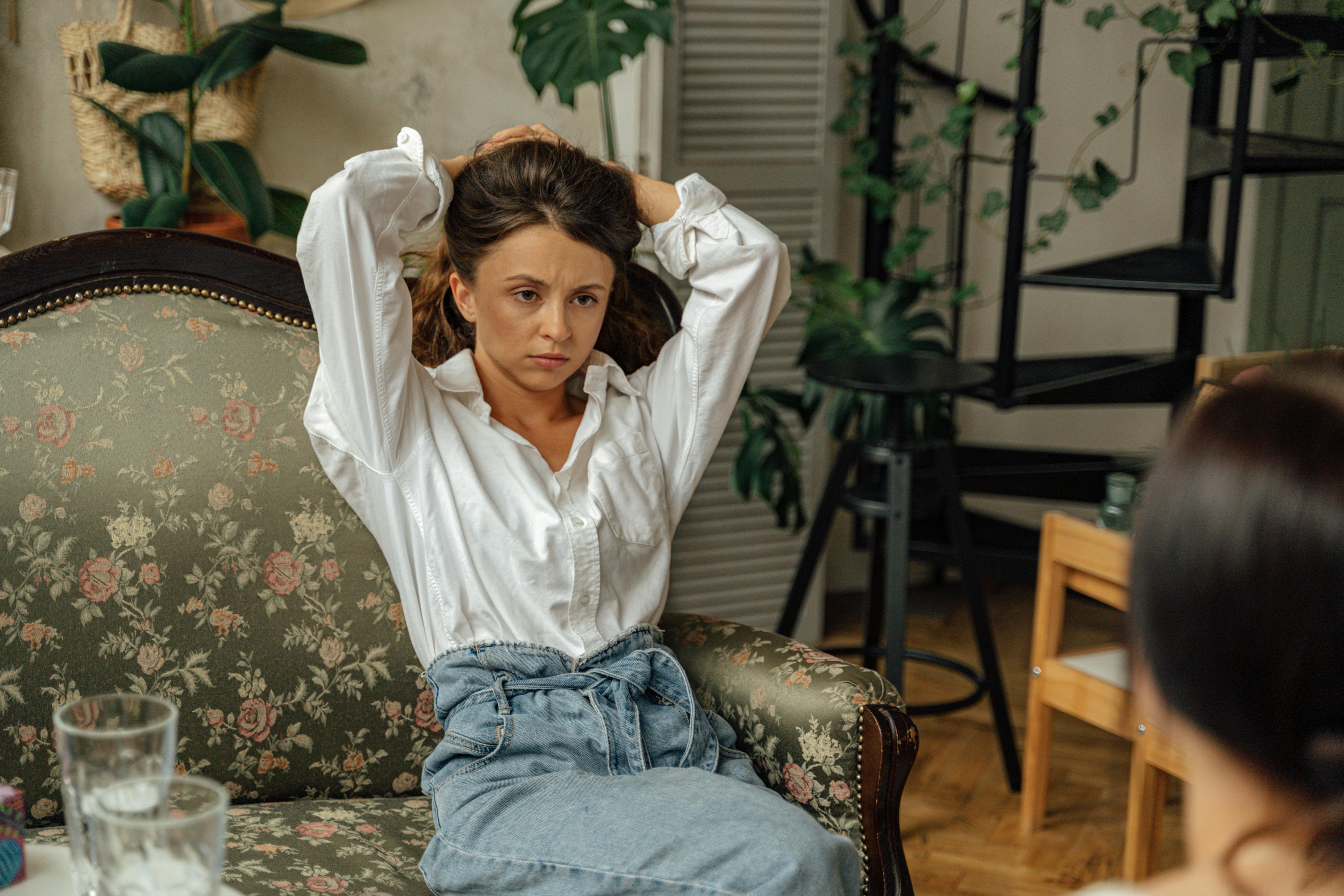
What can a gymnast do at home?
What can a gymnast really do at home? Well, every coach will say conditioning and stretching. I agree. Maintaining strength and flexibility is very important. The skills will be there if the gymnast continues to perform general strength and sport-specific conditioning during this difficult time. Almost all gymnasts remember most of the conditioning they do in the gym, but they all have favorite exercises. It is important to do a variety of exercises. If they have space, they should do all the pre-workout warm-up to help keep fit. A good warm-up with stretching and modeling is at least 45 minutes.
Many gymnasts will need a higher than desired volume of hip flexor conditioning. I bet many will grow during this time. The hip flexors play an important role in the gymnast’s training. Not only do they allow the gymnast to lift her leg very high, but they also help with posture. And when the hip flexors are weak or tight, the gymnast may experience lower back pain. That’s because they basically connect the spine and the femur. When the hip flexors are tight, they actually pull the spine into a lordosis position. And when they are weak, they are stressed when the gymnast raises her legs, as in a slide, a kick or a jump. As a coach, I can tell when a gymnast has tight hip flexors from her posture; there is a slight flex in the hip while standing. A well-conditioned, well-stretched gymnast generally stands without an angle and with the front of the hips.
To keep the hip flexors conditioned, I recommend the spike leg lifts. The gymnast will sit in a pike position, place her hands next to the knees on the floor and then raise both legs. And for stretching, I recommend the quad psoas stretch. Kneeling lunge with one foot in front and hips pressed forward. The gymnast should also do this with the back leg bent and the foot facing the ceiling.
But there are other things that will help. For example, balance and visualization exercises. To maintain balance, the gymnast can do simple exercises such as RDL and slow motion needle kicks with and without light dumbbells. They can also perform arm routines with their eyes closed. The gymnast would stand in place and perform her beam routine with only head and arm movements. That’s as much for visualization as it is for balance. When that becomes simple, the gymnast can perform it in a leg pass position, with one foot touching the inner side of the knee. The gymnast should do this exercise with each leg because most gymnasts have a more acute sense of balance on one side. When this becomes simple, the gymnast can add very light ankle weights / wrist movements or hold 1 pound dumbbells in each hand. And to take a step up to the challenge, the gymnast can do it standing on a softer surface, such as a Bosu or a balance disc.
And finally, for a change, maybe you can do the Legs Plus or Swing Set Fitness workouts. Many of the exercises in my swing workouts were actually gym conditioning exercises that my gymnasts had done using a barrel mat. Legs Plus workouts are really good for general fitness as well as barbell landing and dismounting and conditioning. My exercise book for gymnastics and conditioning is also useful for all gymnasts.
So gymnasts should try very hard to keep fit and keep their sanity. Athletes can use this time to strengthen themselves and heal any aches and pains they may have had.
And let me know how I can help your gymnast.